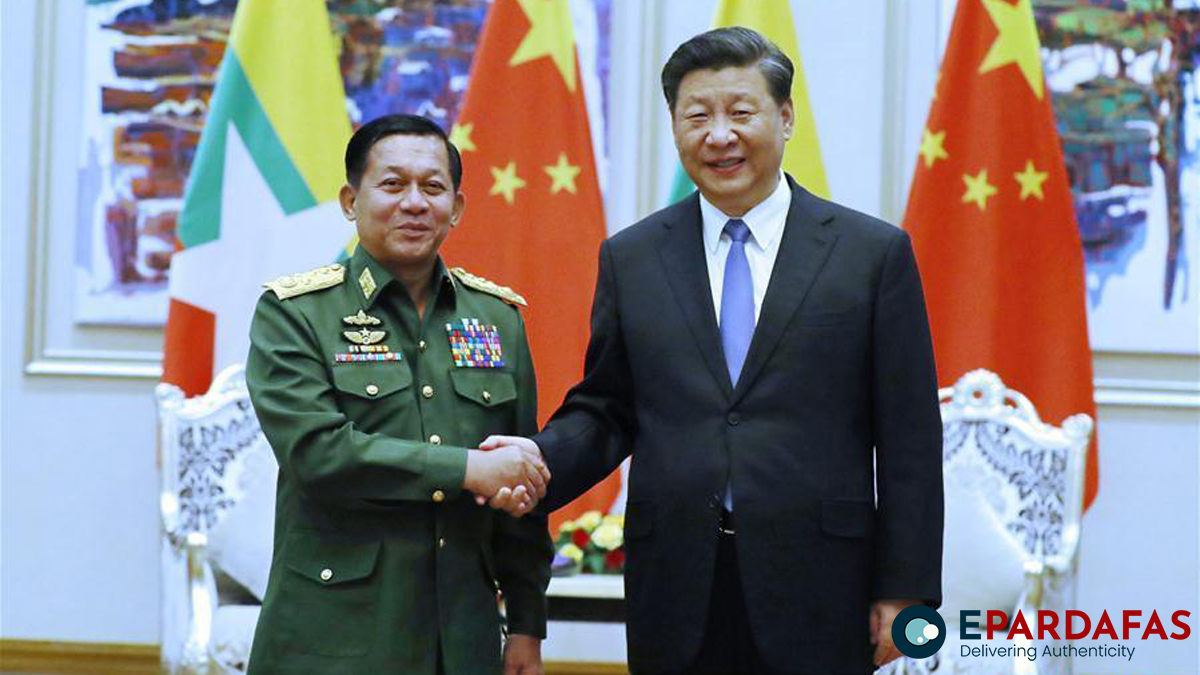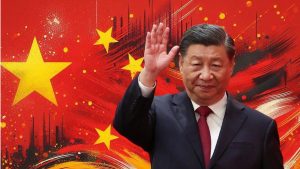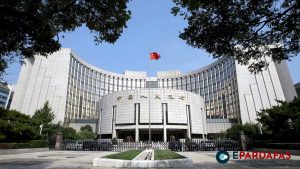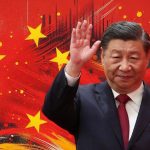Burma, also known as Myanmar, has been making headlines for various reasons, and China is a significant player in almost all of them. Whether it’s the intensifying civil war, mediation processes, or the broader aspects of politics, foreign policy, trade, and defense, China’s influence is evident. With a substantial investment footprint in the war-torn nation, China continues to maneuver strategically to protect its interests.
Long-standing Ties and Strategic Investments
China’s deep-rooted presence in Burma is not new. The two countries share a long border stretching 1,375 miles, linking China directly to the Indian Ocean. This geographical proximity has facilitated significant Chinese investments under the Belt and Road Initiative (BRI). One of the most controversial projects is the Myitsone Dam, a massive hydropower project on the Irrawaddy River in Burma’s northern Kachin state, which has faced public protests and environmental concerns.
Despite the turmoil, China is determined to push forward its projects. Recently, Burma’s Ministry of Information announced the formation of a new leadership committee to advance the construction of the Beijing-backed Myitsone Dam. The project had been stalled for over a decade due to massive public opposition, even resisting efforts by Chinese President Xi Jinping to revive it during his visit in 2020.
The Civil War and China’s Calculated Moves
Since the military coup in February 2021, led by General Min Aung Hlaing, Burma has been plunged into a civil war. The junta’s opposition, a loosely organized group of rebels, has gained ground, particularly after three armed groups formed an alliance last October. According to the Special Advisory Council for Myanmar (SAC-M), the junta has experienced increasing losses, with expanding resistance control.
Despite this instability, China continues to pursue its strategic interests. The formation of the new committee to push the Myitsone Dam project is a clear indication of Beijing’s intent to maintain its foothold in Burma. The Ministry of Information’s announcement underscored China’s influence, stating the committee would work closely with China’s SPIC Yunnan International Power Investment company to manage public relations for the project.
Geopolitical Implications and Regional Dynamics
China’s involvement in Burma extends beyond economic investments. The Sino-Myanmar oil and gas pipelines, operational since 2013, highlight China’s strategic interests in securing energy routes. These pipelines are part of the China-Myanmar Economic Corridor (CMEC), connecting China’s Yunnan province to Burma’s Rakhine state, home to China’s largest investments in the country, including the Kyaukphyu deep-sea port.
Ms. Shristi Pukhrem, a Southeast Asian analyst, describes China’s approach as opportunistic. She notes that Burma’s natural resources are crucial for Chinese industries, and the country’s strategic location helps Beijing counterbalance India’s influence in Southeast Asia. Security concerns also drive China’s engagement, as instability in Burma could lead to refugee flows and cross-border crime affecting China’s border regions.
Operation 1027 and Its Aftermath
The conflict’s intensity escalated with Operation 1027, a coordinated assault by the Three Brotherhood Alliance (3BTA) against the Burmese military junta. This offensive, launched on October 27, 2023, resulted in significant territorial gains for the rebels. The Chinese military’s response included live-fire drills along the border, the first such exercises since 2017, emphasizing Beijing’s concern over the stability of its investments and regional security.
The Chinese government brokered a ceasefire in January, mediated in Kunming, the capital of Yunnan province. This ceasefire underscored China’s role as a key mediator, maintaining relationships with both the Myanmar military and various ethnic armed groups. China’s dual engagement strategy ensures its influence regardless of who holds power in Burma.
China’s Pragmatic Stance
China’s pragmatic stance towards Burma allows it to navigate the complex political landscape effectively. By positioning itself as a neutral arbiter, China strengthens its diplomatic influence and ensures it remains a key player in Burma’s future. Ms. Pukhrem asserts that China’s leverage in Burma surpasses that of other geopolitical players, including ASEAN countries, due to its significant investments and strategic interests.
ASEAN, while important, struggles with internal divisions and a lack of cohesive policy, weakening its influence compared to China. Collaborative efforts between ASEAN and India may offer a path forward, but China’s substantial economic and strategic engagement in Burma remains unmatched.
In summary, China’s strategic maneuvers in Burma amid crisis and conflict highlight its determination to safeguard its investments and maintain regional influence. Through economic leverage, diplomatic mediation, and strategic partnerships, China aims to solidify its position as the most influential external stakeholder in Burma, shaping the country’s political and economic trajectory to its advantage.














Comments